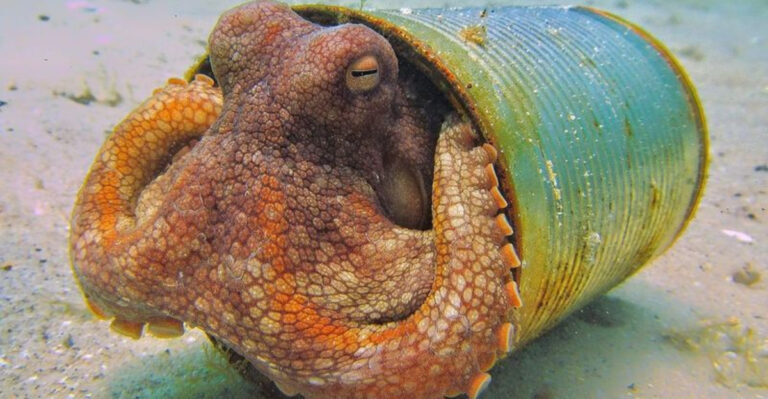14 Most Lethal Creatures Roaming South America’s Wild Terrain
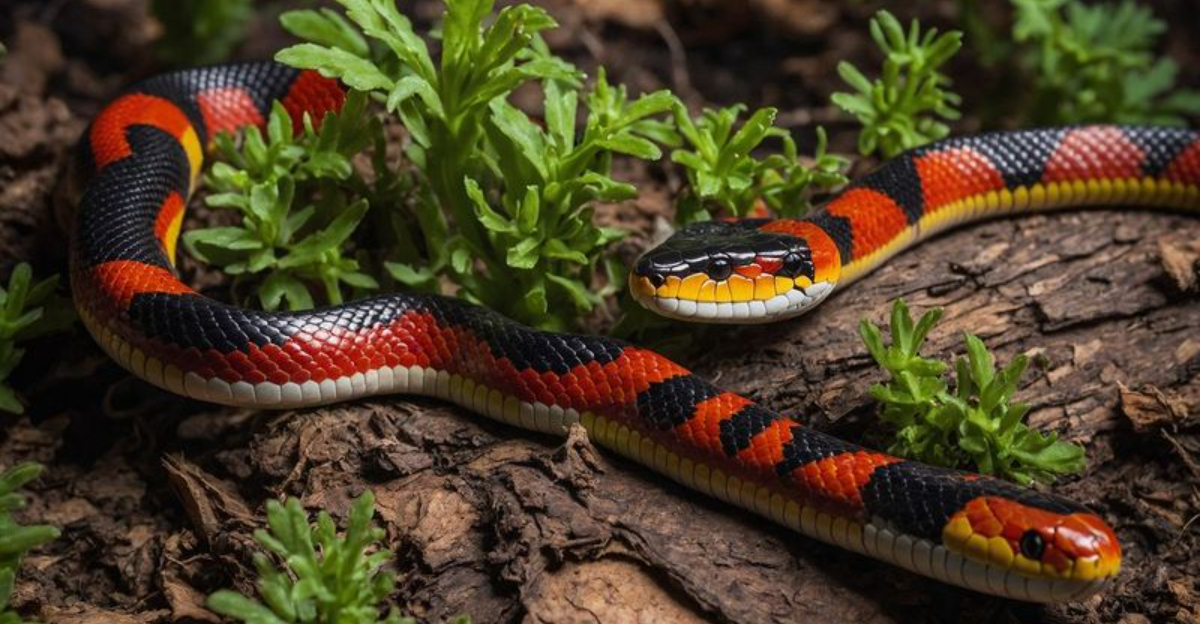
South America’s wilderness harbors some of the planet’s most dangerous creatures.
From venomous snakes slithering through rainforest floors to powerful predators lurking in murky waters, these animals have evolved remarkable ways to hunt and defend themselves.
Let’s explore the continent’s most lethal inhabitants that make even seasoned explorers proceed with caution.
1. Poison Dart Frog
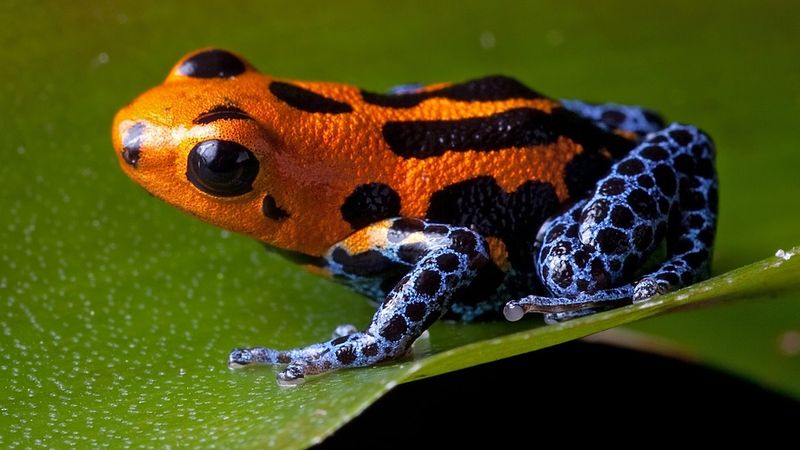
These tiny jewels of the rainforest pack enough poison to kill ten grown men. Their vibrant colors—electric blues, yellows, and reds—serve as nature’s warning sign to predators.
Just one frog contains enough batrachotoxin to stop a human heart. Indigenous tribes historically harvested their secretions to create lethal blow darts for hunting.
2. Anaconda
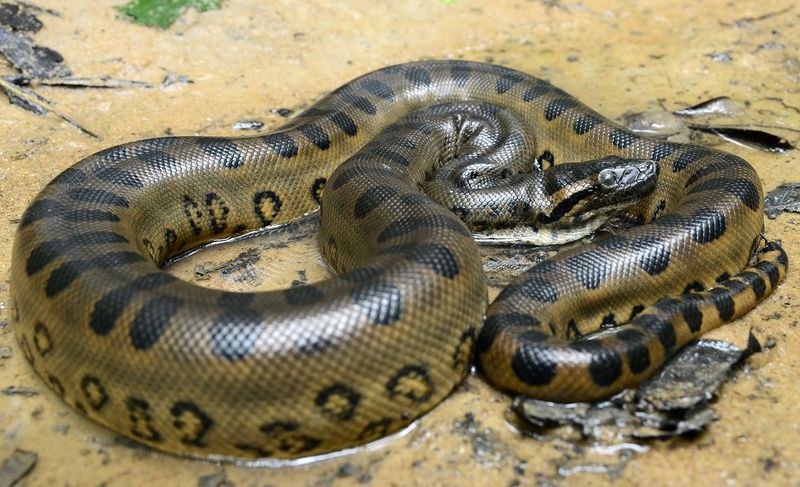
Masters of stealth, green anacondas lurk beneath murky waters with only their eyes and nostrils visible. As the world’s heaviest snake, they can reach over 500 pounds and stretch 30 feet long.
Rather than venom, anacondas rely on bone-crushing constriction to suffocate prey before swallowing it whole—sometimes animals as large as caimans or capybaras.
3. Jaguar

Muscled killing machines with the strongest bite force of any big cat, jaguars can pierce turtle shells and crocodile skulls with ease. Unlike other cats, they kill with a single bite through the skull directly into the brain.
Swimming experts and master climbers, these spotted predators rule from treetops to riverbanks, leaving no escape route for prey.
4. Brazilian Wandering Spider
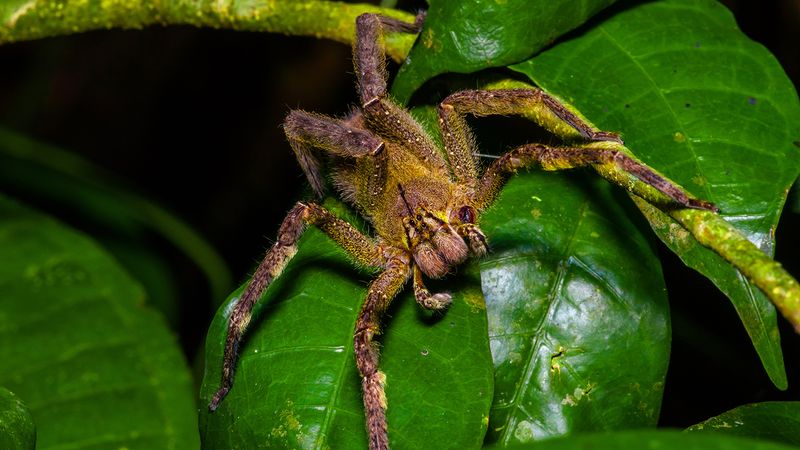
Nicknamed “banana spiders,” these aggressive arachnids hide in fruit bunches and wander the forest floor at night. Their venom causes intense pain, breathing problems, and for male victims, uncomfortable prolonged erections.
Unlike most spiders that flee from humans, these eight-legged terrors may actively charge when threatened, with fangs raised in attack position.
5. Piranha
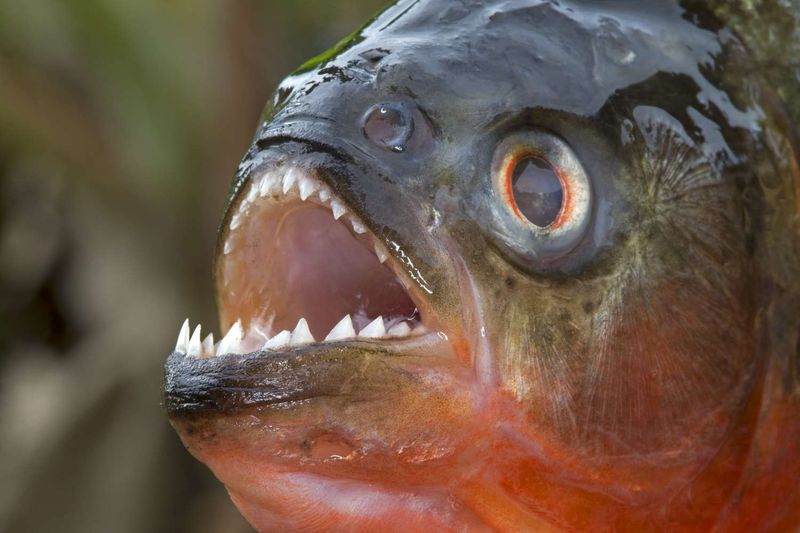
Hollywood has exaggerated their ferocity, but make no mistake—a hungry piranha school remains terrifying. Their triangular teeth are razor-sharp, capable of stripping flesh from bone in minutes during feeding frenzies.
Red-bellied piranhas communicate through sounds, actually “talking” to coordinate attacks. They can detect a single drop of blood from 200 yards away, triggering their feeding response.
6. Coral Snake
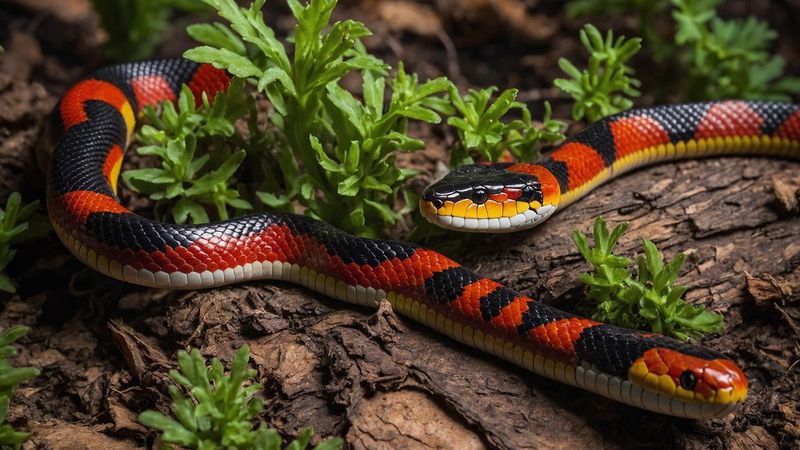
“Red touch yellow, kill a fellow” isn’t just a rhyme—it’s survival advice for identifying these deadly serpents. Their neurotoxic venom attacks the nervous system, potentially causing respiratory failure.
Despite being relatively small and shy, coral snakes possess venom more potent than a rattlesnake’s. Their striking tricolor pattern makes them beautiful but deadly residents of South America’s forests.
7. Bullet Ant
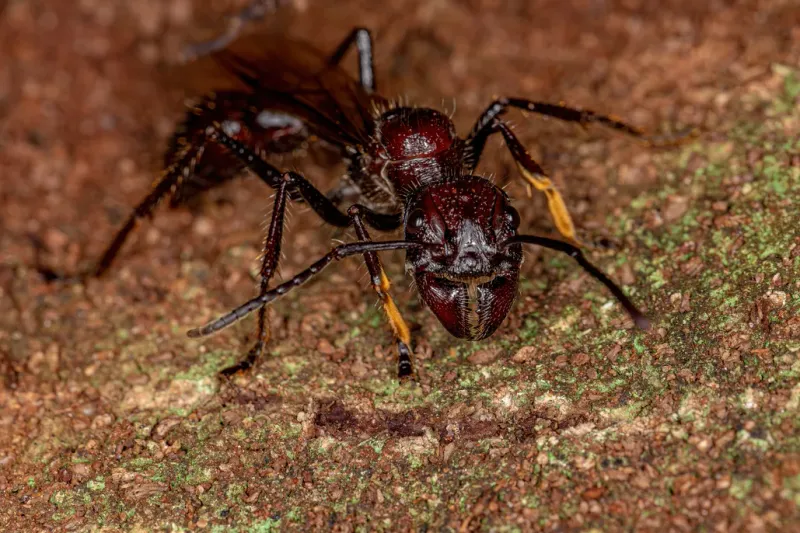
Imagine getting shot—then imagine that pain lasting 24 hours. That’s why indigenous people named this inch-long terror the bullet ant. Their sting ranks highest on the Schmidt Pain Index, described as “pure, intense, brilliant pain.”
Some Amazonian tribes use these ants in manhood rituals, where boys must endure multiple stings without crying out to become warriors.
8. Electric Eel
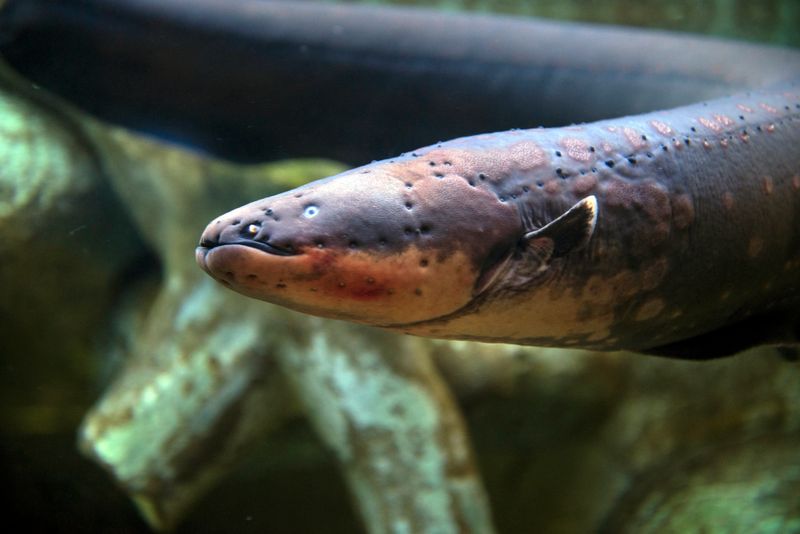
Despite their name, they’re not true eels but knifefish capable of generating 600 volts—five times the power of a standard wall socket. Multiple specialized organs function like living batteries, discharging electricity to stun prey and defend against threats.
A single shock can incapacitate a human, causing muscle contractions strong enough to throw people from boats into dangerous waters.
9. Goliath Birdeater
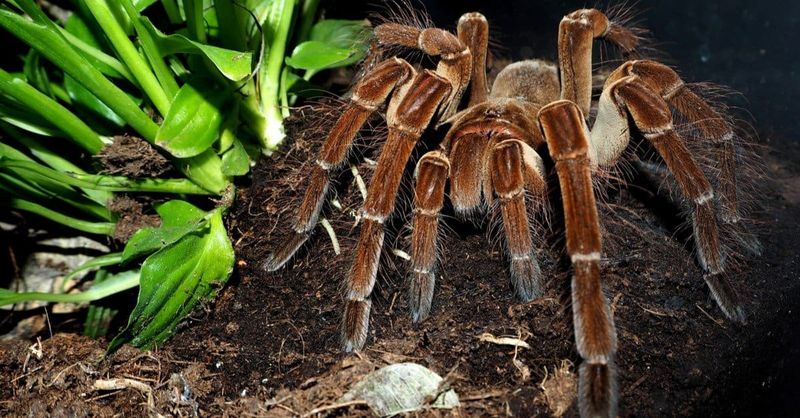
Weighing as much as a puppy with a leg span reaching dinner-plate proportions, this nightmarish tarantula is the world’s largest spider by mass. Despite the name, they rarely eat birds, preferring insects and small mammals.
Their fangs can reach one inch long, and when threatened, they create a hissing sound by rubbing specialized hairs together before flicking irritating barbed hairs at predators.
10. Black Caiman
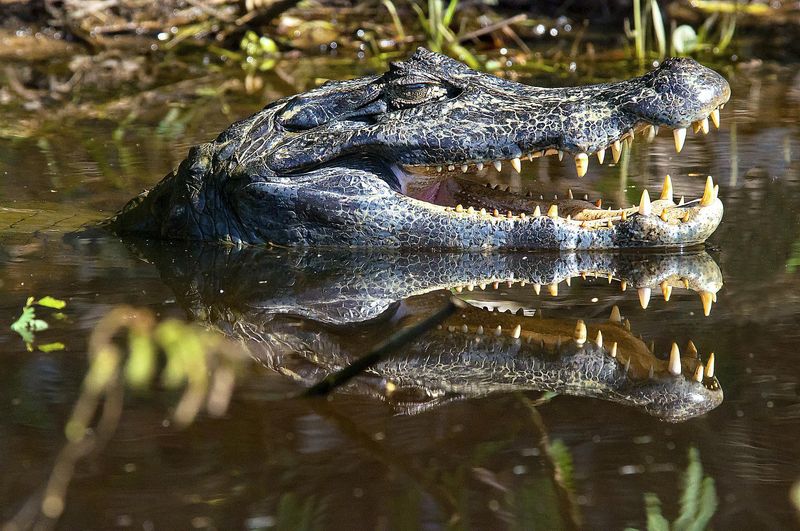
Ambush specialists that dominate Amazonian waterways, black caimans can reach 20 feet long—making them the largest predator in the Amazon basin. Their powerful jaws exert enough force to crush turtle shells and drag large mammals underwater.
Unlike alligators, these prehistoric-looking reptiles are highly aggressive toward humans. They hunt primarily at night, when their black scales render them nearly invisible.
11. Giant Otter

Don’t be fooled by their playful appearance—these six-foot-long river dwellers are apex predators with razor-sharp teeth and coordinated hunting tactics. Traveling in family groups of up to 20, they communicate through complex vocalizations to surround fish schools.
Fiercely territorial, giant otters will aggressively defend their riverbank dens against all intruders, including caimans and humans.
12. Tapir
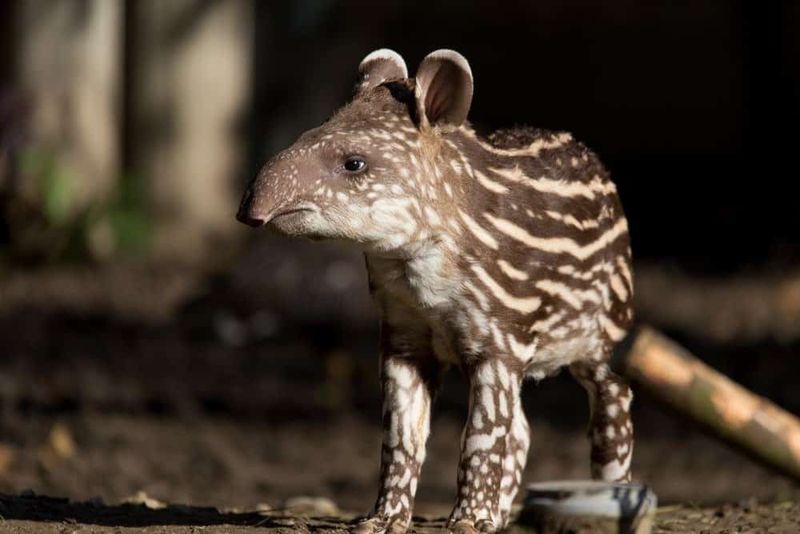
Surprisingly dangerous despite their docile appearance, these forest tanks weigh up to 700 pounds and sport powerful jaws. When cornered, tapirs transform from shy browsers to aggressive defenders, capable of inflicting serious wounds with their teeth.
Their thick hides resist predator attacks, while their unusual snouts help them navigate dense jungle underbrush. Never approach a mother with young—they’re notoriously protective.
13. Bushmaster Snake
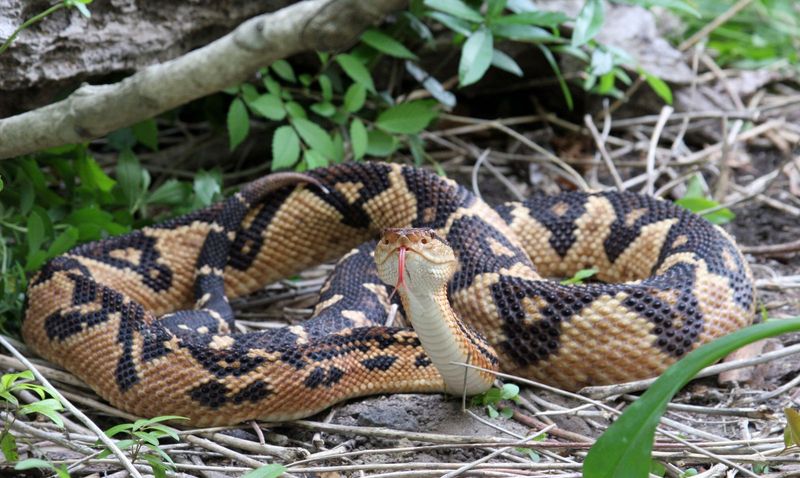
Forest phantoms that reach 12 feet long, bushmasters are the largest venomous snake in the Americas. Their hemotoxic venom destroys tissue and prevents blood clotting, causing massive internal bleeding and organ failure.
Unlike many snakes, bushmasters build nests and guard their eggs. Their camouflaged bodies blend perfectly with forest floors, making them nearly impossible to spot until it’s too late.
14. South American Puma
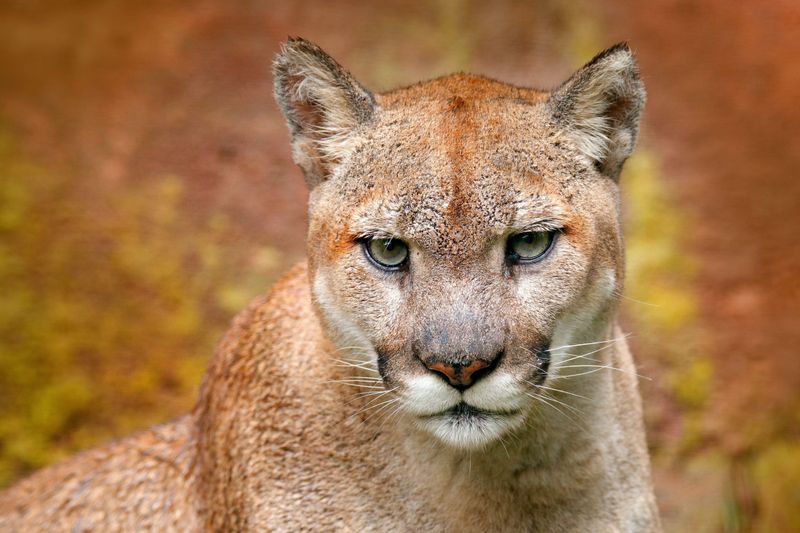
Silent stalkers capable of taking down prey three times their size, pumas are the perfect ambush predators. Their powerful hind legs generate incredible leaping ability—up to 40 feet horizontally and 15 feet vertically.
Unlike jaguars that crush skulls, pumas kill by severing the spinal cord with precision neck bites. They can survive across diverse habitats from mountain peaks to dense forests.




